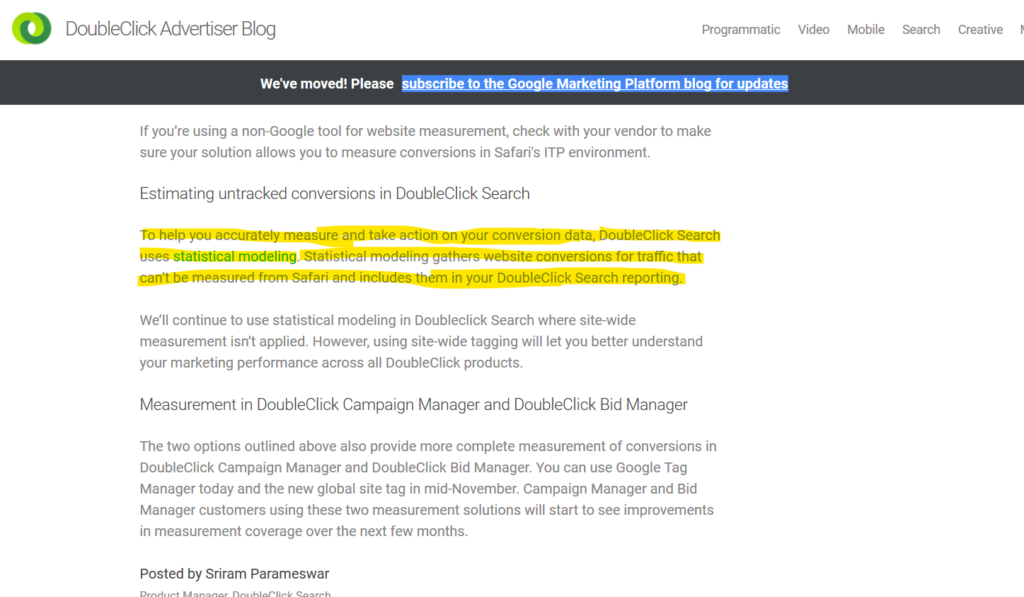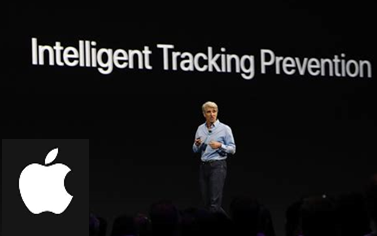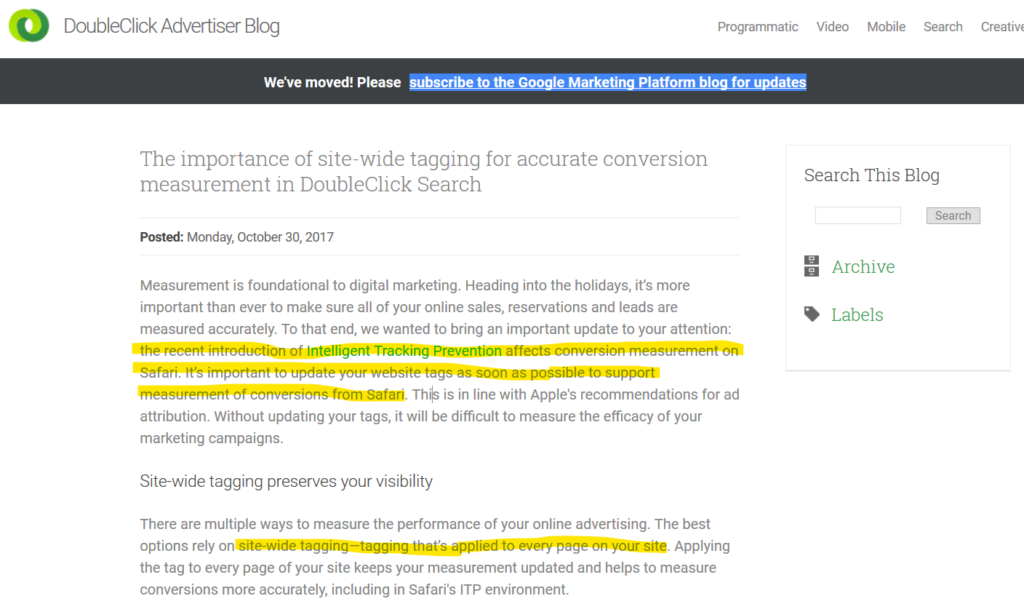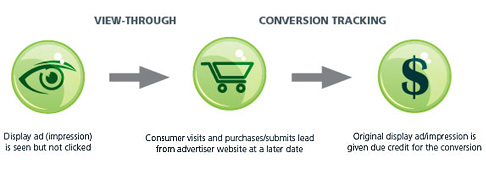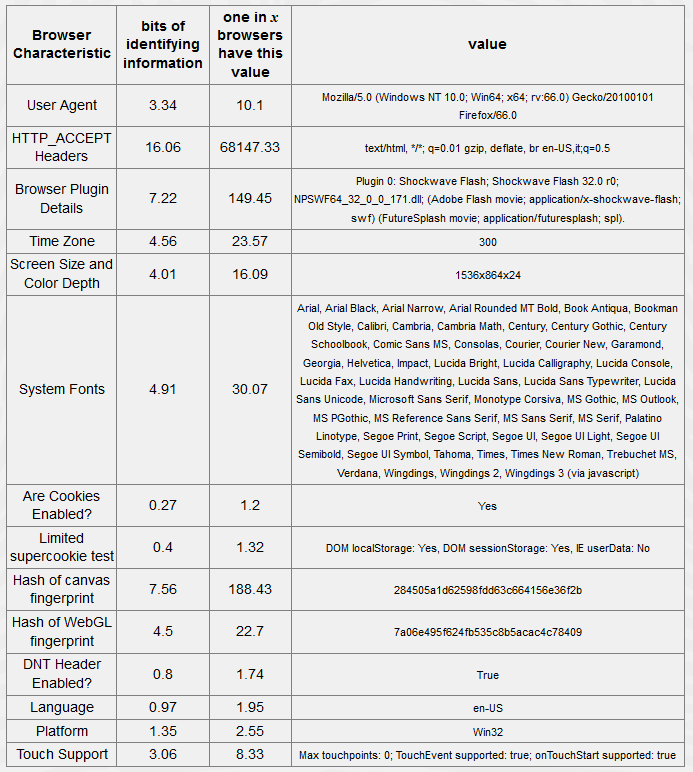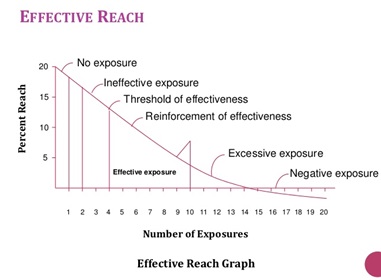Thanks to Dr. Augustine Fou for articulating in his latest post Openly Selling Counterfeit bAds, that clearly programmatic media has an ongoing IVT/NVT problem. In my experience, a toxic mix of weak technology, sloppy process and biased analytics are often to blame.
The bAds framework is clever, yet as presented it is Manichean: options are either a) $35 CPM “real pubs” or b) $3 CPM Cucci/Bluberry. The problem is that reality is more nuanced and this line of thinking risks “throwing the baby out with the bath water.”
To keep it simple there are three (at least) categories: 1) established media brands
2) legit mid-tier/indie “long-tail” sites and 3) clickbaity content farm type sites (“scammers”).
The subtle implication that advertisers “get what they pay for” might suggest to some that they are misguided, cheap and even penny-wise/pound-foolish. As uncomfortable truth as far too many certainly are! However, advertisers must manage the considerable digital ad execution risk, which in practice they do by preferring lower CPM programmatic media – if they can show it works. For some it does and for some others they are just going through the motions.
As an advertiser, that $35 CPM may or may not be overpriced. Value is in the eye of the beholder when it comes to programmatic advertising. Just because a given ad is being served up by a big brand “real pub” is not justification enough for paying 10x more especially since it can still be a bAd. Given the recent glitches that we’ve heard about (USAToday, Facebook, etc…) these “real pubs” have plenty of work to do on the basics let alone Fou Analytics-level housecleaning. Scarier is what we have not heard about!
While not an exact analog, in a prior life for a major retailer, we had occasion to compare performance of high CPM “real pubs” and a far lower CPM ad network (still around today). At the time we were piloting Adometry (pre-Google) to understand multi-touch attribution. Additionally, we leveraged an advanced integration between Adobe Analytics and the Doublclick ad server instance of our media agency (Digitas Chicago). It turned out that the “real pub” digital ad inventory (foisted upon us as part of TV buy) performed awfully compared to this ad network. As in, an order of magnitude difference in both traffic and ecommerce revenue (clickers plus viewthrough – even after calibrating for incrementality). As a second measure, we used algorithmic attribution (Adometry used Shapley value) where the story was even starker. We were able to see the actual contribution of various media relative to each other and the big brand media only made sense if the CPM rates could be renegotiated to a fraction of what they were getting.
With all that said, it seems dicey to blanket advocate that advertisers should spend more on $35 big media brands. Essentially, a “flight to quality” risk mitigation strategy. Still, it all comes down to nuance (again) while doing the hard work of defrauding programmatic media and defining upfront measurable objectives. Given the same ceteris paribus target audience and a choice of $35 CPM “real pubs” vs $3 CPM “TBD,” the choice is obvious.
Going beyond bAd/bAudience quality, most of these “real pubs” are arguably compromised by bContent across both news and entertainment categories. You might expect that bottom-of-the-barrel from “scammers” but the sad truth is that many big media are no better than mid-tier and in some ways are worse when it comes to “quality.” Big media news brands were built on years of journalistic integrity by being objective and presenting both sides of a story. That is a quaint relic of yesterday as most have sacrificed their brands at the partisan alter.
In any case, let’s hope that more real marketers do stand-up for better measurement.
And in the mean time, the question is: Do “real pubs” deserve a premium?
PS: Discerning digital marketers can up their game by immersing themselves in
Fou Analytic’s wealth of articles; make sure you have plenty of coffee or tea!

